A Never Ending Hunger for the Giallo Film: Retrospective of the Italian Horror Sub Genre and a List of the Top Ten Giallo Films You Must See.
Like most horror fans, I need to be scared senseless, as well as have my mental capacities shaken up. As a result, my conscience ends up getting caught in a metal twine web: “Is there a knife-wielding stalker trailing from behind…or am I just hallucinating?” Even after my mind has escaped captivity, paranoia still runs amok as I struggle to collect myself from witnessing the fear-mongering episode – in this case, the giallo film.
I was made aware of the giallo (Italian slasher/thriller/mystery) sub genre from watching TCM, Bravo, and Rai Italia (Italian language network that aired on weekends). Unfortunately, most of these films contained numerous jump cuts; thereby, indicating they were edited for time and content. To my dismay, these films contained little-to-no graphic violence — and nudity and strong sexual content were nowhere to be found. Of course, this minor issue was resolved, thanks to the advantage of video rental stores (now near obsolete), carrying some of the most risqué foreign releases.
The origin of the giallo sub genre (plural: gialli) is buried within the pages of the Italian, yellow (“giallo” means “yellow”) paperbacks, containing “whodunit” scenarios and other mysteries, which were published during the 20th century.
Stories usually crossed into psychological, paranormal/supernatural, or true crime realms – even crossing into more than one realm.In fact, film versions of the giallo started gaining traction during the 1960s, but their popularity wouldn’t fully flourish until the next decade. On the other hand, there was a marked decline in giallo releases from 1980 and onward into the present. Italian production studios still account for releasing most of these films.
Early European filmmakers, who pushed the gate of indecency wide open, explored sensitive subject matter (e.g., drug use, homosexuality, sadomasochism, pedophilia, etc.) that reflected the changing social landscape – especially in Europe.
In addition, their films included elements of graphic violence and/or eroticism – at least most of them, anyway. Disturbing/uncomfortable imagery is actually one of the hallmarks of giallo cinema.
To provide a vivid, metaphorical image: think of an assortment of suspicious characters, nude bodies writhing against one other, and a few slain corpses – all thrown into a masked assailant’s filthy burlap sack, dripping with blood.
However, there is no one-size-fits-all ideology set in place for the sub genre. Incorporation of the unidentified assailant convention doesn’t always need to come into play. Nor must it include multiple slain victims in order to incite tension and suspense. Even with a mystery surrounding one slain victim, it can remain incredibly difficult to rule out suspicious characters.
At times, a plot can enter into unknown territory, and make you question whether a given event actually occurred. Complex and ironic plots, laced with trickery or deception, emphasize the filmmaker’s intent of steering you in different directions. One way or another, the filmmaker’s prime objective relies upon unnerving the fragile human psyche.
Clearly, the giallo presents itself like a confusing game, in which you may find yourself flustered from shouting, “I think she did it! No, never mind…I think he’s the one! No! Maybe she did it!” Obviously, it’s intended to keep you guessing and teetering over the edge until its long-awaited mystery is to be revealed (if there is one).
And here are ten giallo cherries to top off your melting sanguine sundae (list does not contain spoilers):
10. The Killer with a Thousand Eyes (1974) (Los mil ojos del asesino)
Director/co-screenwriter: Juan Bosch
Undercover Agent Michael Lawrence’s hard-as-nails attitude and dangerous exploits are quite reminiscent of a typical American crime drama – except it’s located in Lisbon, Portugal. Tracking down an unidentified, black-gloved-adorning assailant who’s taking out countless victims whenever they try to reveal a secret, proves to be no easy task.
Juan Bosch delivers plenty of daring, action-packed sequences, slathered in fisticuffs, gunfire, and a wild car chase. It’s a roller coaster that’s worth the wait.
9. The Washing Machine (1993) (Vortice mortale)
Director: Ruggero Deodato
A continuous cycle of madness ensues when a detective must investigate a man’s dismembered corpse, which was discovered in a washing machine. Yet, there is no corpse to be found…or so it seems? Add three lustful sisters accusing one another of murder into the mix – and out comes a stimulating plot, interweaved with non-stop eroticism and twists.
Having no clue of what’s truly brewing underneath the facade makes Ruggero Deodato’s gritty gem all the more enthralling to watch. But in all honesty, I expected more scenes of Grindhouse elements from the same director responsible for shocking the world with the “video nasty” gorefest Cannibal Holocaust (1980).
8. Symphony in Blood Red (2010) (Come una crisalide)
Director/co-screenwriter: Luigi Pastore
Luigi Pastore provides a bold and raw experience through his Dario Argento inspired feature film debut, where an unidentified, cold-blooded killer serves as the narrator. A series of flashbacks trace the origins of his rage, the destruction of himself, as well as his destruction of others. Throw in some hand puppets – and you have a wonderfully strange image in your mind.
His naked (metaphorically speaking), poetic soliloquies transported me to treacherous depths of a sadistic frame of mind. From just witnessing extreme close-ups of his deviant, roaming eyes, I was able to better visualize this monster taking pleasure in torturing victims, before killing them. By far, Pastore’s underrated giallo film shouldn’t be overlooked.
7. Delirium (1987) (Le foto di Gioia)
Director: Lamberto Bava
In this decadent tale, someone is murdering models and staff members, who were employed by a modeling agency owned by a former prostitute named Gloria. The depraved individual sends professional layout photos of corpses, situated behind a giant photo of the agency owner. Visions of Salvador Dali-esque surrealism, enraptured in flashing lights of different colors, provide a further glimpse into the killer’s distorted perception.
For what it’s worth, Lamberto Bava’s antagonist employs various killing tactics, which provide a decent quantity of blood spill within this suspenseful slasher dripping of 80s glamour. On that note, this film always reminds me of Expose’s 1987 music video for “Let Me Be the One” – released the same year as Delirium.
6. Eye in the Labyrinth (1972) (L’occhio nel labirinto)
Director/co-screenwriter: Mario Caiano
In this intricate, psychologically-driven gem, Julie travels to a mysterious villa, to track down her boyfriend who’s been missing. Despite the exotic locale, with its rocky terrain overlooking the pristine ocean, there’s more than meets the eye (pun intended) beneath the glorious surface.
Moreover, an eye in the center of a spinning labyrinth, plays a recurring theme in the mind of a frightened woman, desperately seeking answers…but also wary of trusting others. She also appears to be lost in the labyrinth, from which she’s trying to escape – whether it be from perverted male guests, or her own conscience.
5. Voices from Beyond (1991) (Voci dal profondo)
Director/co-screenwriter: Lucio Fulci
Lucio Fulci doesn’t fail to deliver Grindhouse elements in his own story adaptation (co-written by Daniele Stroppa) surrounding a paranormal/supernatural father-daughter relationship. Giorgio contacts his daughter from the grave, so she can help find his killer. His other family members – as well as his mistress – didn’t exactly hold the deceased in high regards, as reflected in flashbacks. In turn, their deep-seated animosities lead you to paint each one as a suspect.
Giorgio’s corpse, which is rotting between scene transitions, effectively captures a macabre sensibility necessary for provoking an eerie mood throughout. Numerous nightmare sequences highlighting Fulci’s signature grotesque, monstrous touch also make this a horror fiend’s (like myself) playground.
4. All the Colors of the Dark (1972) (Tutti i colori del buio)
Director: Sergio Martino
Since the death of her stillborn infant, nightmares have held Jane’s mind in captivity. Gialli Queen Fenech dazzles as Jane in Sergio Martino’s masterpiece, in which mind-blowing imagery highlights her character’s struggle to decipher reality from fantasy, while on the run from a Satanic cult.
A visually enticing combination of psychadelia and Satanic/black magic-infused elements, thrown in with a fantastically creepy blue-eyed stalker, definitely enhance the flavor in a cauldron of boiling confusion. Most likely, you will end up pondering whether certain events are actually unfolding on this strange trip.

Edwige Fenech, who happens to be one of the most familiar faces of Italian cinema,has starred in numerous giallo productions.
3. The Night Evelyn Came Out of the Grave (1971) (La notte che Evelyn uscì dalla tomba)
Director/screenwriter: Emilio Miraglia
Emilio Mirgalia paints a perverse picture of a wealthy widower named Lord Alan Cunningham, who tries to cope with his wife’s (Evelyn) untimely death by self-medicating through sodomizing women. In addition to this madness, Evelyn appears to be reaching out to her husband – from the grave. Is Evelyn actually haunting the castle? Or is she merely the hallucination of a man who has gone insane? Meanwhile, some slain bodies have turned up on castle grounds.
As a kid, I had watched this one, thinking it was about a vampiress. Although no bloodsucking woman of the night ever appeared, I still enjoyed this gothic giallo film, as it reminded me of Halloween season.
2. Eyeball (1975) (Gatti rossi in un labirinto di vetro)
Director/co-screenwriter: Umberto Lenzi
A generous helping of gore shapes Umberto Lenzi’s sadistically-tinged classic surrounding a killer, who’s hell-bent on gouging out the eyeballs of American tourists (passengers from a tour bus that’s traveling around Spain). A bit of visceral special effects back up an intentionally confusing plot, in which throngs of suspects throw wicked stares at one another.
And what’s not to love about this unhinged piece! It will have you fleeing for your life – all the while wondering who or what is hiding underneath the red hooded raincoat. You will definitely be “seeing red” in Lenzi’s awesome representation of vile, stomach-churning horror.
(Sidenote: I recall renting Eyeball from the video rental store ages ago. There it was…calling my name…as it sat on the “Directors’ Showcase” shelf. The terrifying VHS cover, featuring a Grim Reaper holding a girl in one hand, and her eyeball in the other, still gets me excited.)
1. The Scorpion with Two Tails (1982) (Assassinio al cimitero etrusco)
Director: Sergio Martino
With a powerful, haunting opening, Sergio Martino invites you into Joan’s nightmare, which takes place in a grotto. More visions continue to haunt the woman, and eventually things take a turn for the worse. Her husband, an archaeologist, was murdered in his hotel room, before he planned to unmask an ancient Etruscan secret contained somewhere within an Italian grotto – coincidentally, the same one from his wife’s nightmares.
It’s so much more than just a story filled with multiple homicides; instead, it reaches a mythical plane, transcending beyond the natural world. Nor does it need any graphic bloodshed to prove its alluring, macabre appeal and intrigue.
On a final note, before I say, “Ciao,” just yet – listed below are ten giallo films (some considerably underrated or lesser known) that were vying for a spot on my list.
Honorable Mentions:
- Evil Eye (1963) (La ragazza che sapeva troppo)
*Mario Bava’s classic that’s considered to be one of the first true giallo films - The Crimes of the Black Cat (1972) (Sette scialli di seta gialla)
- The Young, the Evil and the Savage (1968) (Nude… si muore)
- Autopsy (1975) (Macchie solari)
- Sex of the Witch (1973) (Il sesso della strega)
- The Case of the Bloody Iris (1972) (Perché quelle strane gocce di sangue sul corpo di Jennifer?)
- Sleepless (2001) (Non ho sonno)
- Massacre (1989) (Massacro)
- Blue Eyes of the Broken Doll (1974) (Los ojos azules de la muñeca rota)
- A Blade in the Dark (1983) (La casa con la scala nel buio)
*Since Lamberto Bava’s slasher was one of the first giallo films that I had seen; I decided to write a spoiler-free review.


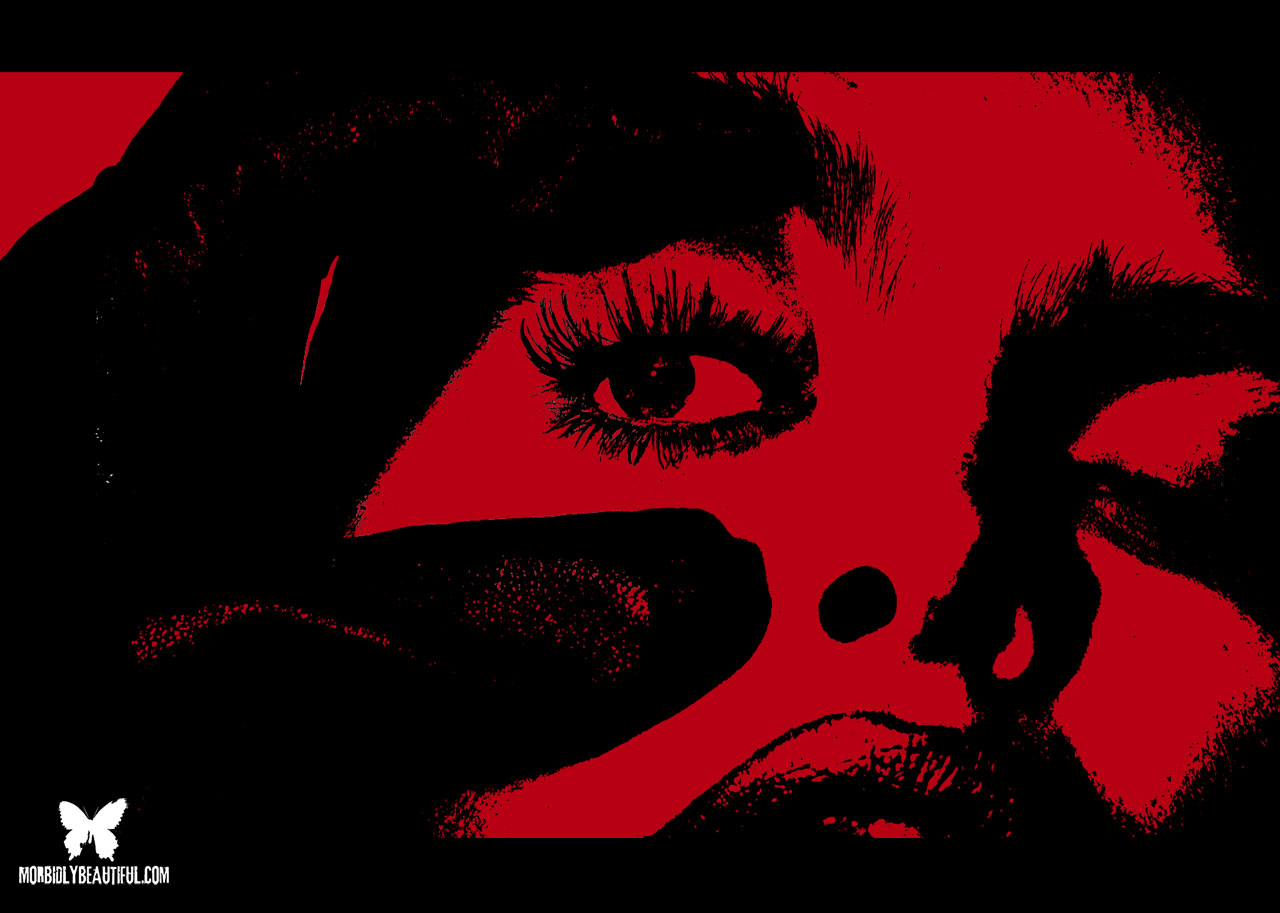
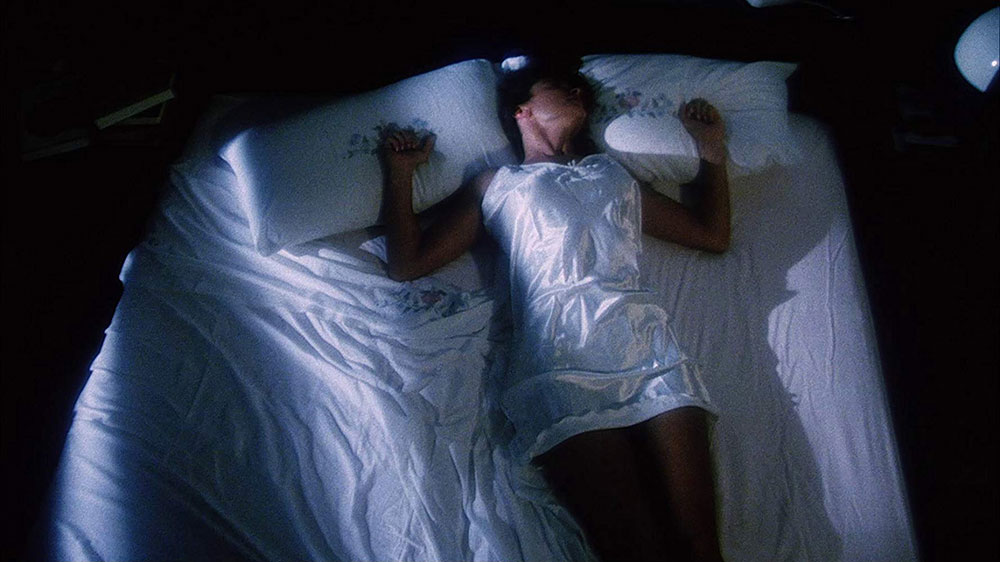
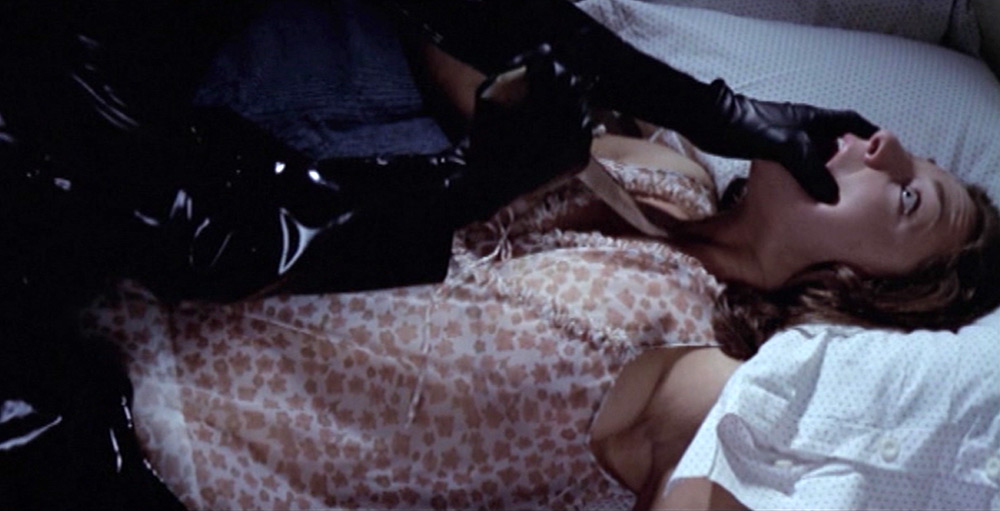
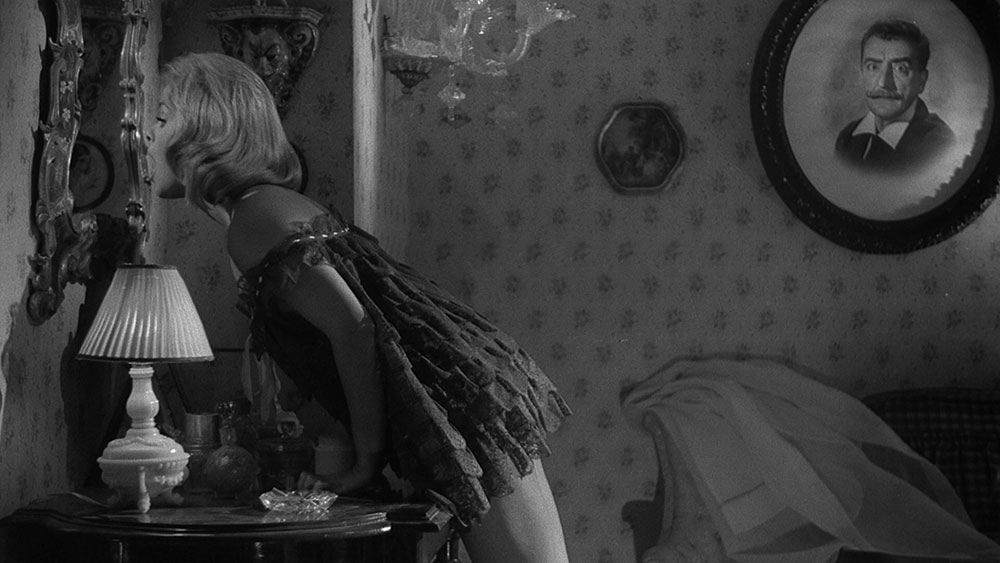

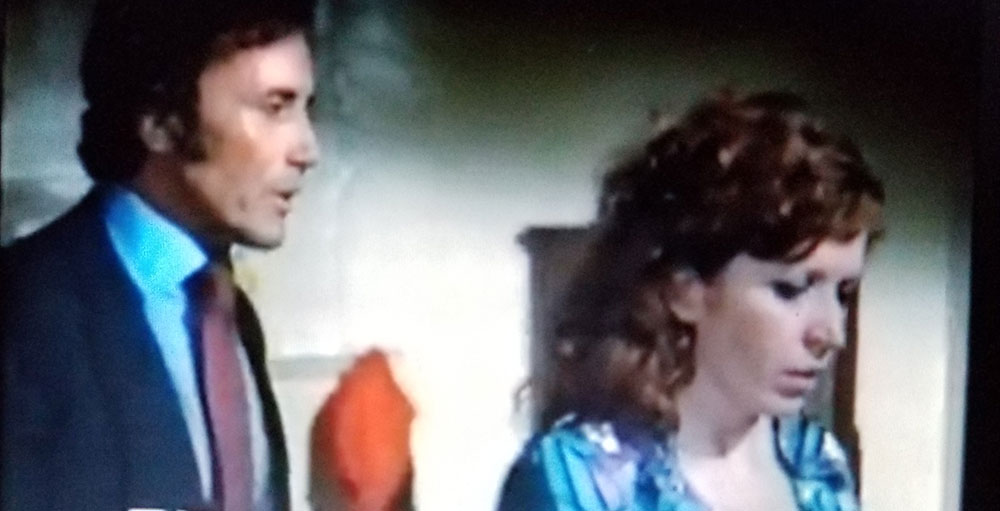
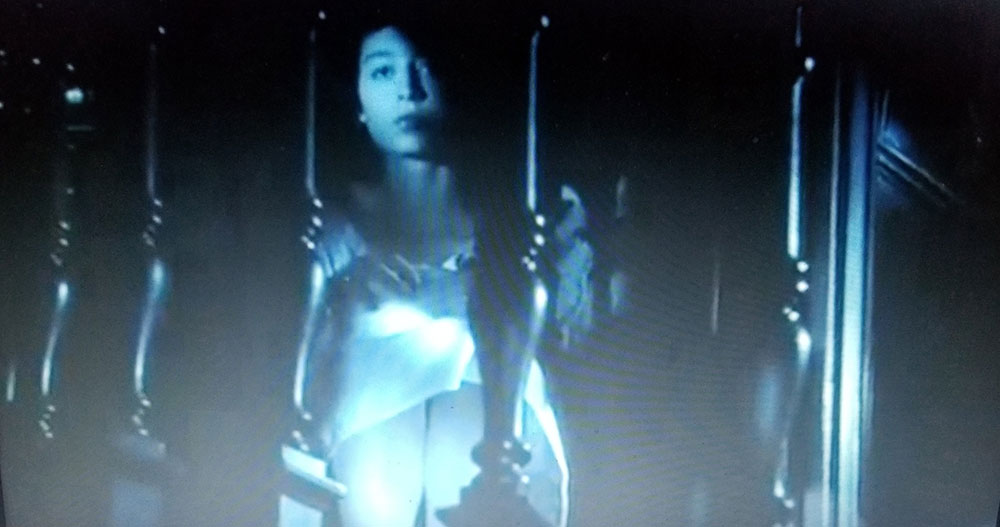
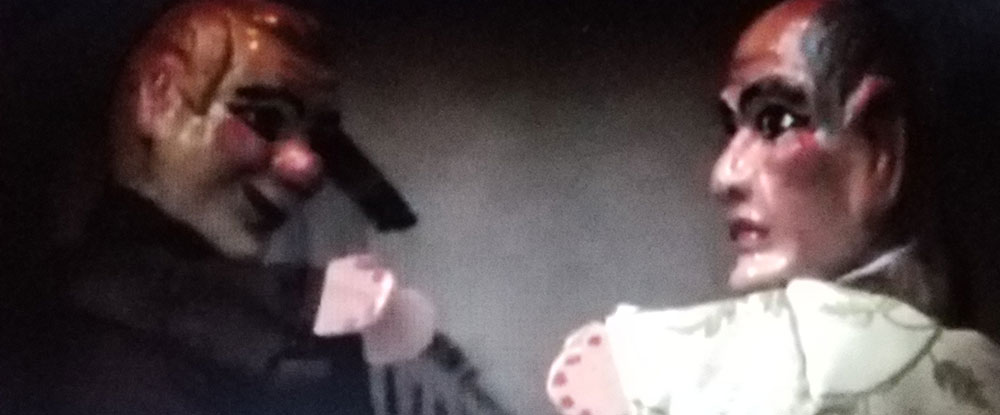

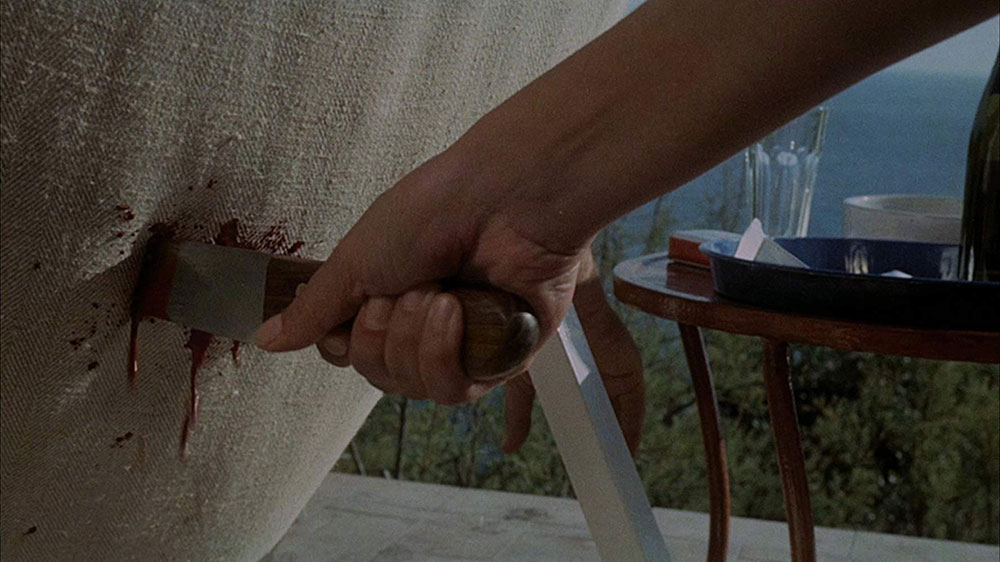
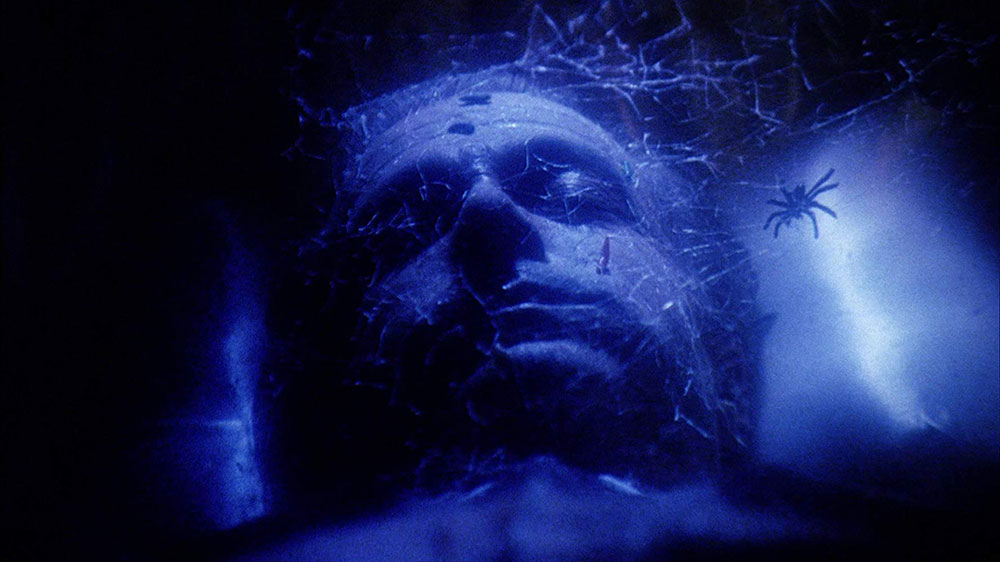


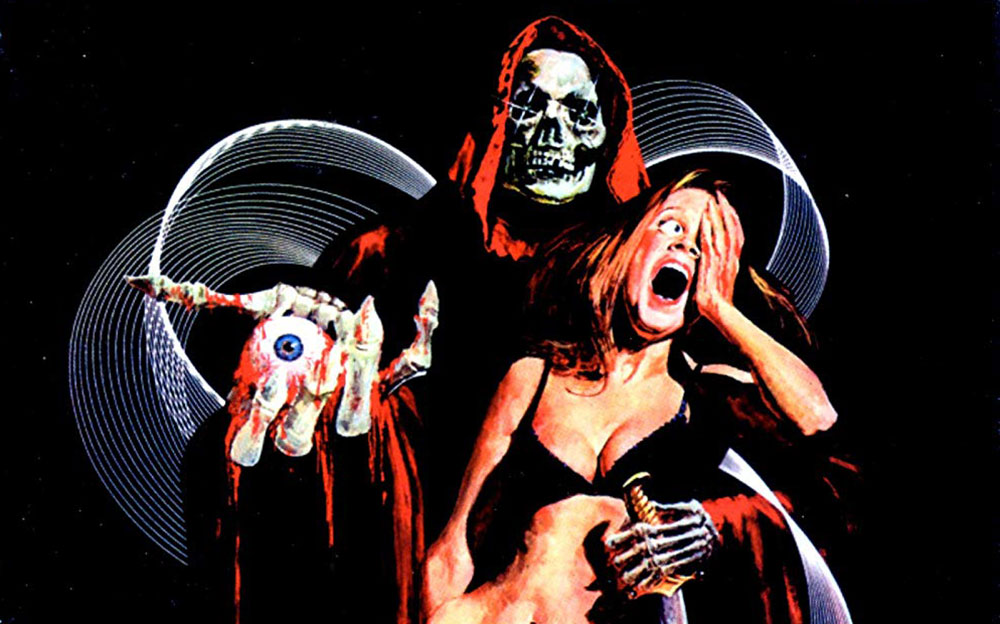
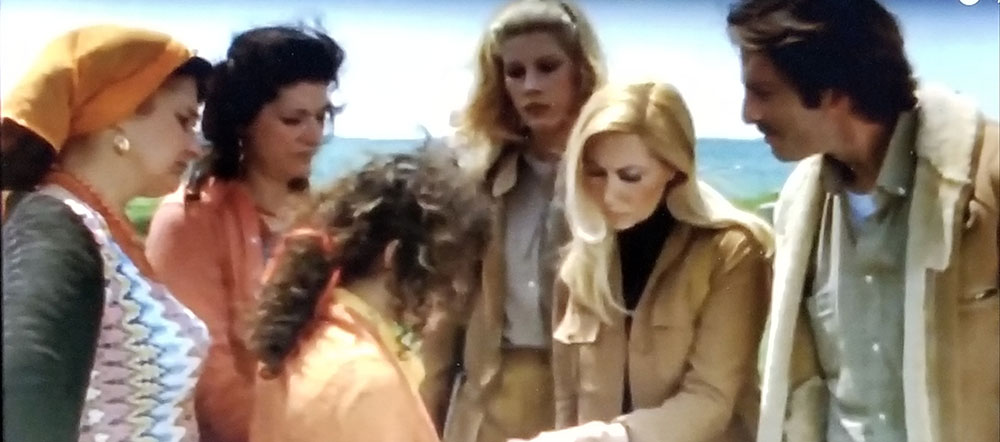
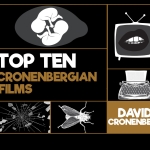
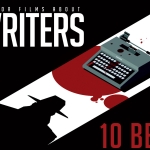

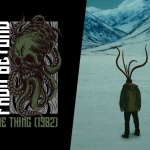



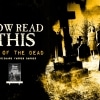




Follow Us!